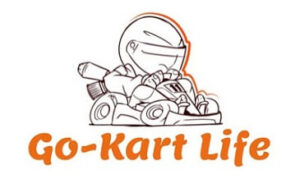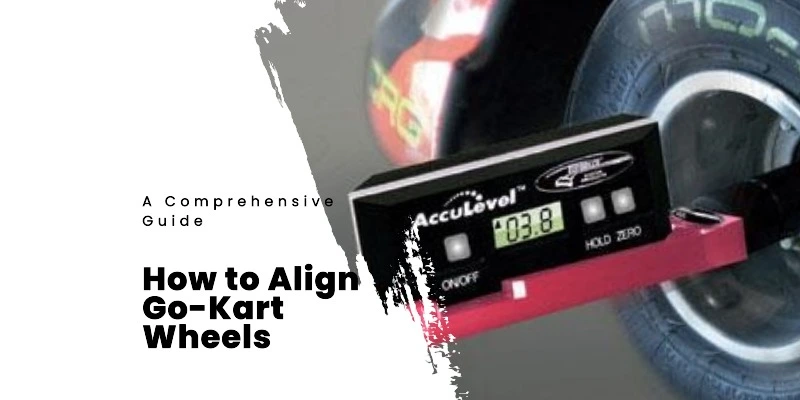Go-karting is famous for its adrenaline-pumping action, whether as a hobby or a competitive sport. One essential aspect that plays a significant role in the performance, safety, and tire wear of a go-kart is proper wheel alignment. In this comprehensive guide, we’ll discuss everything you need to know about how to align go-kart wheels and the impact of proper alignment on your driving experience, including crucial components such as the kart’s front end, tie rod end, and chassis.
| Key Takeaways |
|---|
| Wheel alignment is crucial for go-kart performance, safety, and tire wear, involving the adjustment of camber, caster, and toe angles. Ackermann steering geometry also plays a role in performance. |
| To prepare for wheel alignment, gather the necessary tools and materials, secure the go-kart on a level surface, inspect tires and wheels, and familiarize yourself with the kart's suspension components. |
| Camber affects cornering performance and straight-line stability, and can be adjusted using the spindle or kingpin. Measure camber with a camber gauge and make fine-tuning adjustments as needed. |
| Caster impacts steering responsiveness and straight-line stability, and can be adjusted using the kingpin or spindle mount. Measure caster with a caster gauge or protractor and make fine-tuning adjustments as needed. |
| Toe maintains straight-line stability and minimizes tire wear. Measure toe with a toe gauge or string method, adjust using tie rods or steering arms, and fine-tune as needed. Additional alignment considerations include regular steering system inspections and proper alignment for off-road karts. |
Wheel alignment involves adjusting three main aspects: camber, caster, and toe. A proper alignment ensures optimum handling, stability, and tire wear. Ackerman steering geometry also plays a role in the kart’s performance. Besides, using the correct alignment tools and techniques will save you time and money, helping you get even more enjoyment from your go-karting adventures.
Let’s dive into go-kart wheel alignment, explaining the process step by step, the tools required, and additional alignment considerations to maximize your kart’s performance and safety, such as ensuring the proper front track and front grip.
Related Article: Best Go-Kart Axle Kit
Tools and Materials Needed
Before you begin the alignment process, make sure you have the necessary tools and materials, including:
- Alignment tools (e.g., string, straight edge, camber gauge)
- Wrenches and other basic tools
- Go-kart stand or level working surface
- Safety equipment (e.g., gloves, safety goggles)
Preparation
Securing the Go-Kart
First, place the go-kart on a level surface or a sturdy kart stand. Be sure to engage the brakes or use wheel blocks to prevent them from rolling during alignment.
Inspecting the Tires and Wheels
Before beginning any alignment adjustments, inspect your go-kart’s tires and wheels, including the front wheel and rear end, for damage or excessive wear. Replace any worn or damaged components, as these can significantly affect the accuracy of your alignment measurements.
Identifying the Alignment Components
Familiarize yourself with the parts of your go-kart’s suspension that affect the camber, caster, and toe angles. These typically include the spindle, kingpin, or wheel hub for camber and caster adjustments and the tie rods or steering arms for toe adjustments.
Taking Initial Measurements
Use appropriate alignment tools to take initial measurements of your go-kart’s camber, caster, and toe angles. This will give you a starting point to determine which adjustments must be made.
Adjusting Camber
Understanding Camber and its Impact on Performance
Camber is the angle at which the wheels are tilted away from (negative camber) or toward (positive camber) the go-kart’s frame when viewed from the front. Negative camber improves cornering performance, while positive camber can enhance straight-line stability.
To learn more about camber, click here.
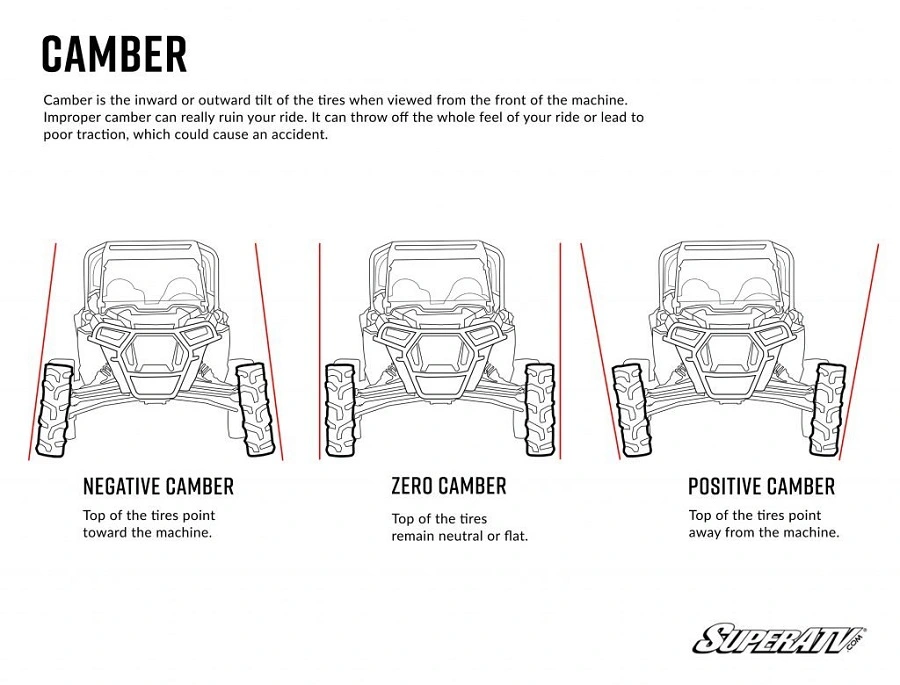
Image: superatv.com
Measuring Camber with a Camber Gauge
To measure the camber angle, place a camber gauge on the wheel and read the angle displayed. Be sure to perform this measurement for each wheel, including the front tire and rear end.
Adjusting Camber Using the Spindle or Kingpin
To adjust the camber, rotate the spindle or kingpin so the wheel moves in the desired direction. Typically, you’ll find an adjustment bolt or collar that allows you to make precise changes. Tighten everything back into place once you’ve achieved the desired camber angle.
Rechecking and Fine-Tuning the Camber
After making adjustments, measure the camber again using your camber gauge to ensure you’ve achieved the desired angle. Make any necessary fine-tuning adjustments, then securely tighten all bolts and fasteners.
Adjusting Caster
Understanding Caster and its Impact on Performance
The caster is the angle formed between the kingpin and the vertical axis of the wheel when viewed from the side. Increasing the caster angle enhances straight-line stability and self-centering of the steering wheel, while a smaller caster angle leads to quicker and more responsive steering.
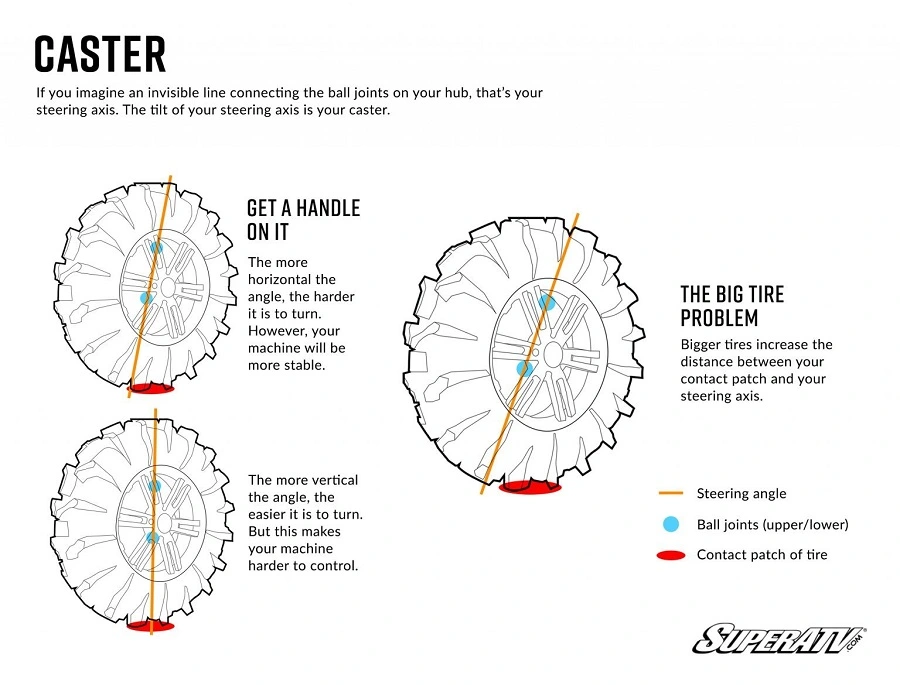
Image: superatv.com
Measuring Caster with a Caster Gauge or Protractor
Use a caster gauge or a protractor to measure the caster angle. Compare this measurement to your go-kart’s specifications or recommended caster settings.
Adjusting the Caster using the Kingpin or Spindle Mount
To adjust the caster angle, loosen the bolts or adjuster at the kingpin or spindle mount to rotate the wheel assembly to the desired angle. Like the camber adjustment, you may find a bolt or collar that allows you to make precise changes.
Rechecking and Fine-Tuning the Caster
Measure the caster again after adjusting to ensure you’ve achieved the desired angle. Make any necessary fine-tuning adjustments, then securely tighten all bolts and fasteners.
Adjusting Toe
Understanding Toe and its Impact on Performance
Toe is the angle at which the wheels point inward (toe-in) or outward (toe-out) when viewed from above. Proper toe adjustment helps maintain straight-line stability and minimizes tire wear.
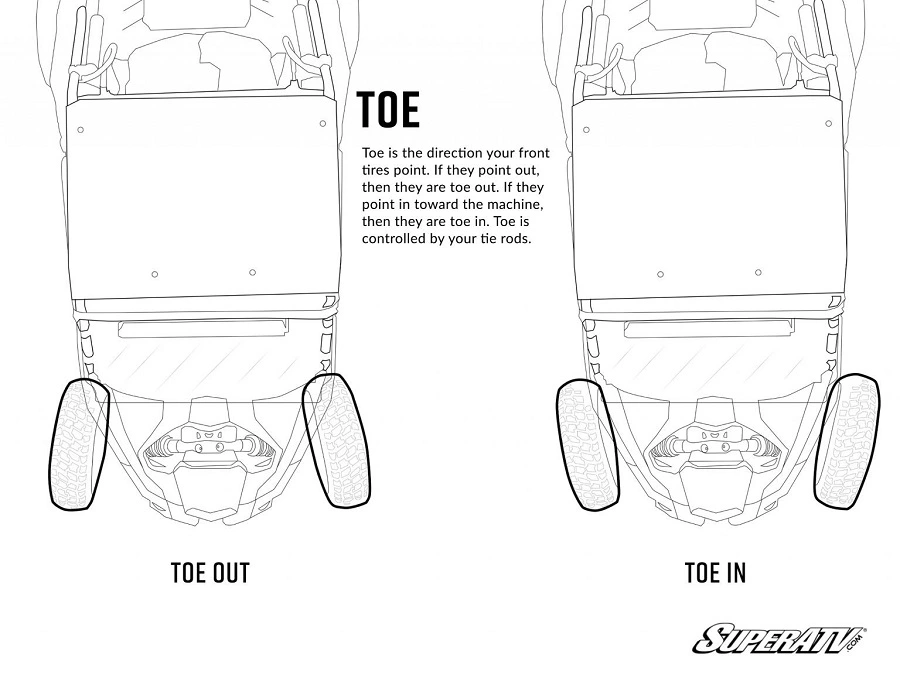
Image: superatv.com
Measuring Toe with a Toe Gauge or String Method
Measure the toe angle using a toe gauge or the string method. The latter involves running a string around the circumference of your go-kart to create a parallel reference line to check the toe angle of each wheel.
Adjusting the Toe using Tie Rods or Steering Arms
Adjust the toe angle by loosening the lock nuts on the tie rods or steering arms and rotating the rod or arm to move the wheel in the desired direction. Remember to account for both front and rear wheels.
Rechecking and Fine-Tuning the Toe
Double-check the toe measurements after making the adjustments to ensure you’ve achieved the desired angle. Make any necessary fine-tuning adjustments, then securely tighten all bolts, fasteners, and lock nuts.
Additional Alignment Considerations
In addition to camber, caster, and toe adjustments, consider the following factors to optimize your go-kart’s performance and safety:
- Regularly inspect the steering system, including the steering shaft, and maintain it as needed.
- Check for proper Ackermann steering geometry to reduce tire scrub while cornering.
- Balance and rotate tires as necessary to promote even wear and performance.
- Pay attention to the adjustable components of your kart, such as clamps, for proper alignment.
- Ensure proper alignment for off-road karts, as these may require different settings than standard go-karts.
Related Article: Mastering Tire Grip in Go-Kart Racing for Optimal Performance
Conclusion
Understanding and practicing the wheel alignment process is crucial for go-kart performance, safety, and tire wear. With the right tools and techniques, you can ensure your go-kart is always in top shape and ready for action. Regular maintenance, including alignment checks, is essential to making the most of your go-karting adventures.
Now that you’ve learned the essentials of aligning go-kart wheels, it’s time to put this knowledge into practice and refine your alignment skills. Remember to turn the steering wheel and observe the inside rear wheel as you adjust. Happy karting!
Frequently Asked Questions
Your go-kart may pull to the left due to misaligned wheels or uneven tire wear. Proper wheel alignment, including adjusting camber, caster, and toe, can help eliminate this issue. Ensuring the front track and rear end are parallel and the steering wheel is turned correctly can also contribute to a smoother driving experience. Regularly inspecting your go-kart’s steering shaft, chassis, and geometry is essential for optimal performance.
The camber angle on a go-kart is the angle at which the wheels tilt away from (negative camber) or toward (positive camber) the kart’s frame when viewed from the front. Negative camber increases front grip and cornering performance, while positive camber can enhance straight-line stability. Proper camber adjustments help balance mid-corner handling and tire wear, ensuring the inside rear wheel performs efficiently throughout the kart’s various movements.
The caster is the angle formed between the kingpin and the vertical axis of the wheel when viewed from the side. Adjusting the caster angle affects steering responsiveness and straight-line stability. Increasing the caster angle enhances stability and the self-centering of the steering wheel, while a smaller caster angle leads to quicker and more responsive steering. Proper caster adjustment can make the kart feel more stable and balanced in different driving situations.
To align the front and rear sprockets on a go-kart, ensure the kart is on a level surface or kart stand. Then, using a straight edge or laser beam, align the sprockets so they are parallel to the rear axle. You may need to add or remove spacers or adjust the position of the rear axle to achieve proper alignment. Regularly inspecting the sprockets’ alignment and the chain’s condition can help maintain optimal performance and top speed.
Balancing a go-kart wheel involves evenly distributing the wheel’s weight around the axle. This can be done using a wheel balancer specifically designed for go-kart wheels. Balancing the wheels ensures they rotate smoothly without vibrations, reducing uneven tire wear and increasing grip. Properly balanced wheels can enhance kart handling, increase tire lifespan, and promote optimal karting performance.

Goran, an experienced go-kart racer, fuels GoKartLife.com with his passion and expertise. He offers valuable insights and tips for fellow enthusiasts, fostering the growth of the go-kart community. Join Goran at GoKartLife.com and immerse yourself in this exhilarating sport.
